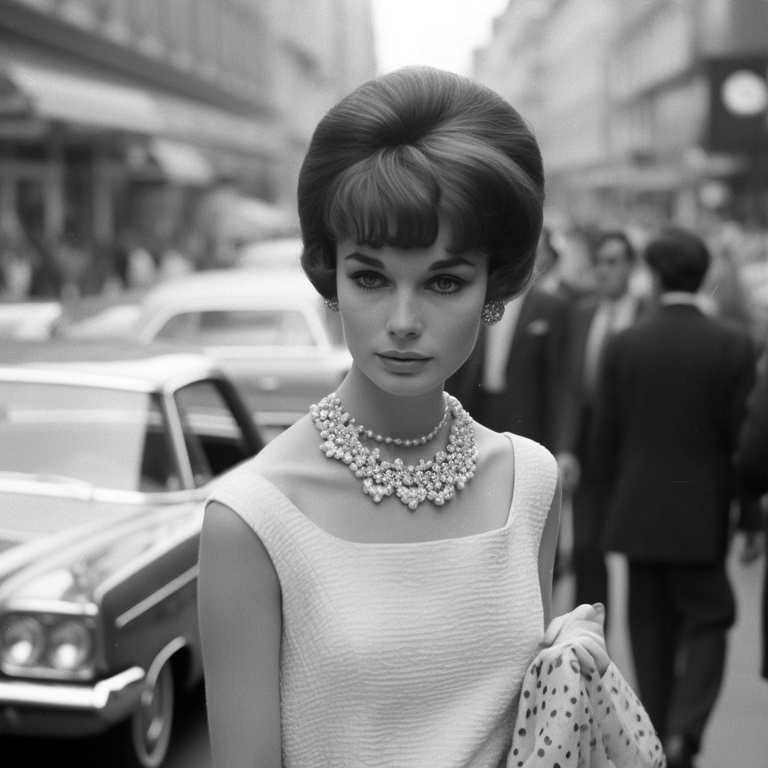
Fashion is an ever-evolving industry that is constantly changing with the times. It has become more than just a way to express ourselves; it is a reflection of society and technology. One of the most significant technological advancements that have impacted the industry is the integration of artificial intelligence (AI). AI has transformed the way fashion is designed, produced, and marketed. In this article, we will explore the many ways in which AI is revolutionizing the fashion industry.
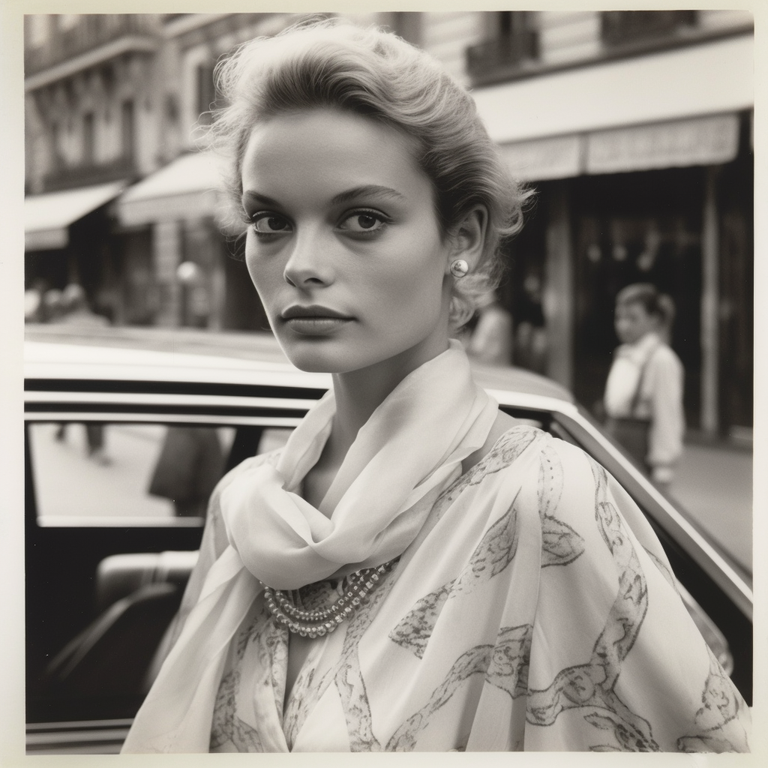

What is artificial intelligence?
Before diving into the ways AI is impacting the fashion industry, it is important to understand what it is. Artificial intelligence is a computer system that can perform tasks usually requiring human intelligence, such as visual perception, speech recognition, decision-making, and language translation. It uses algorithms that learn from data to make predictions and decisions. AI can automate repetitive tasks, analyze data at scale, and provide insights that humans may not be able to identify.
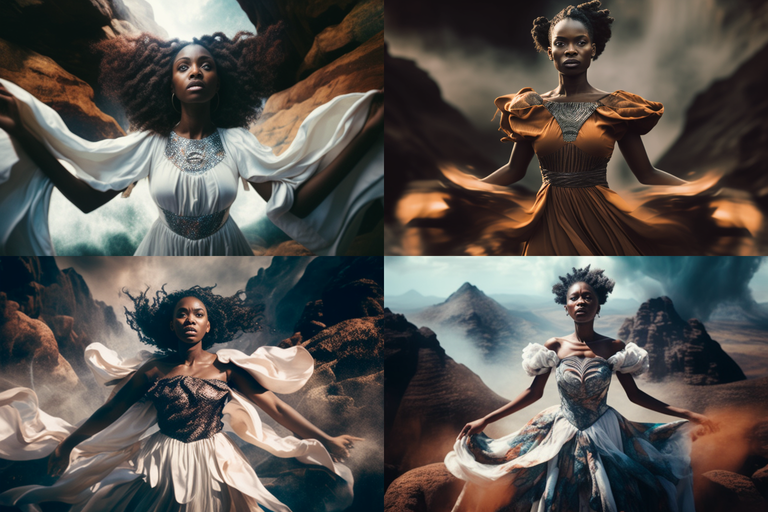
Benefits of using AI in fashion

The fashion industry is a complex web of designers, manufacturers, retailers, and consumers. The integration of AI can streamline many of these processes, ultimately leading to a more efficient industry. AI can help speed up the design process by identifying patterns and trends in consumer data. It can also help with inventory management by predicting which items will be popular and which ones will not sell. AI can even provide personalized recommendations to customers based on their browsing and purchasing history. This can improve the customer experience and increase sales for retailers.
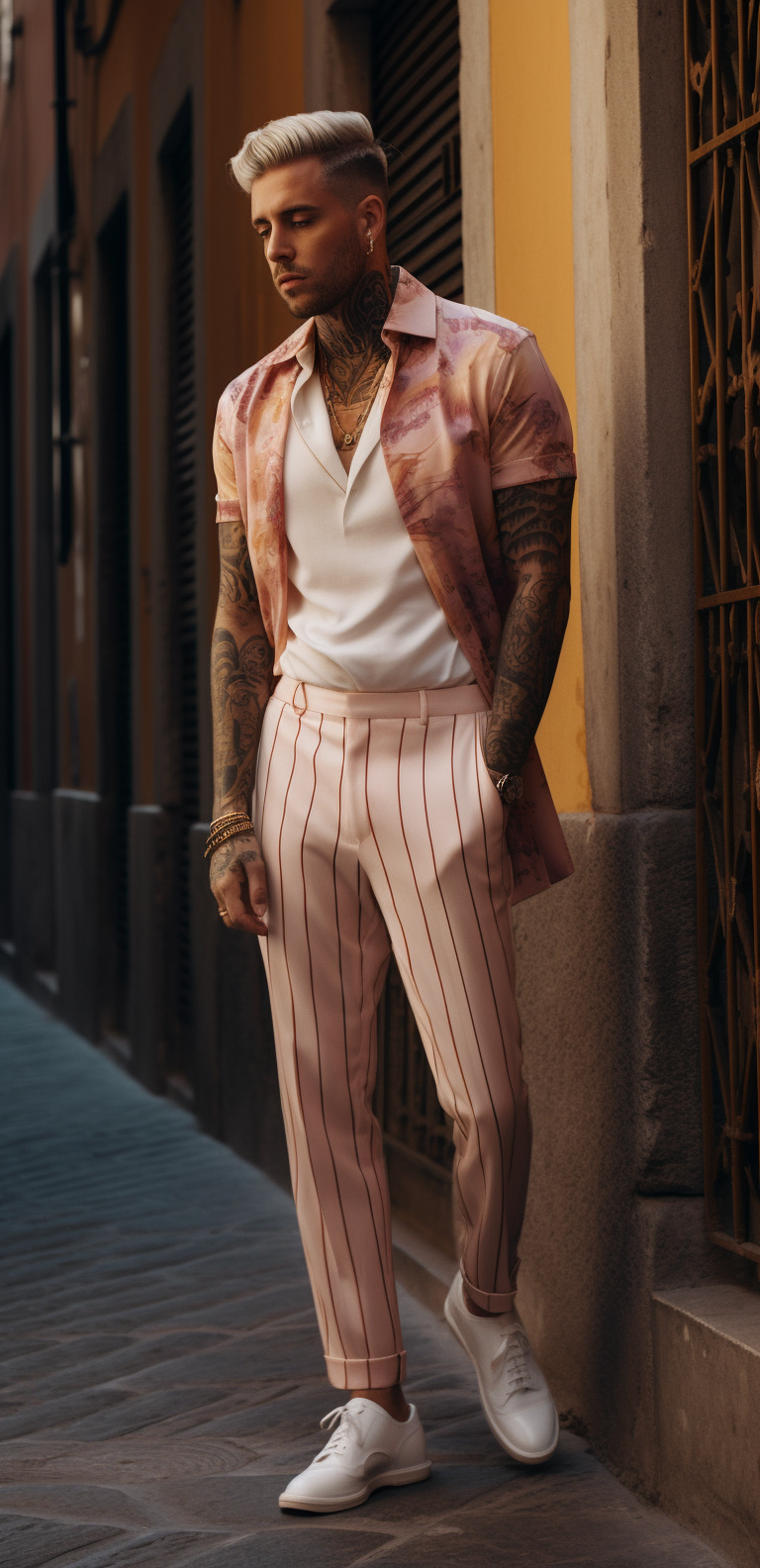
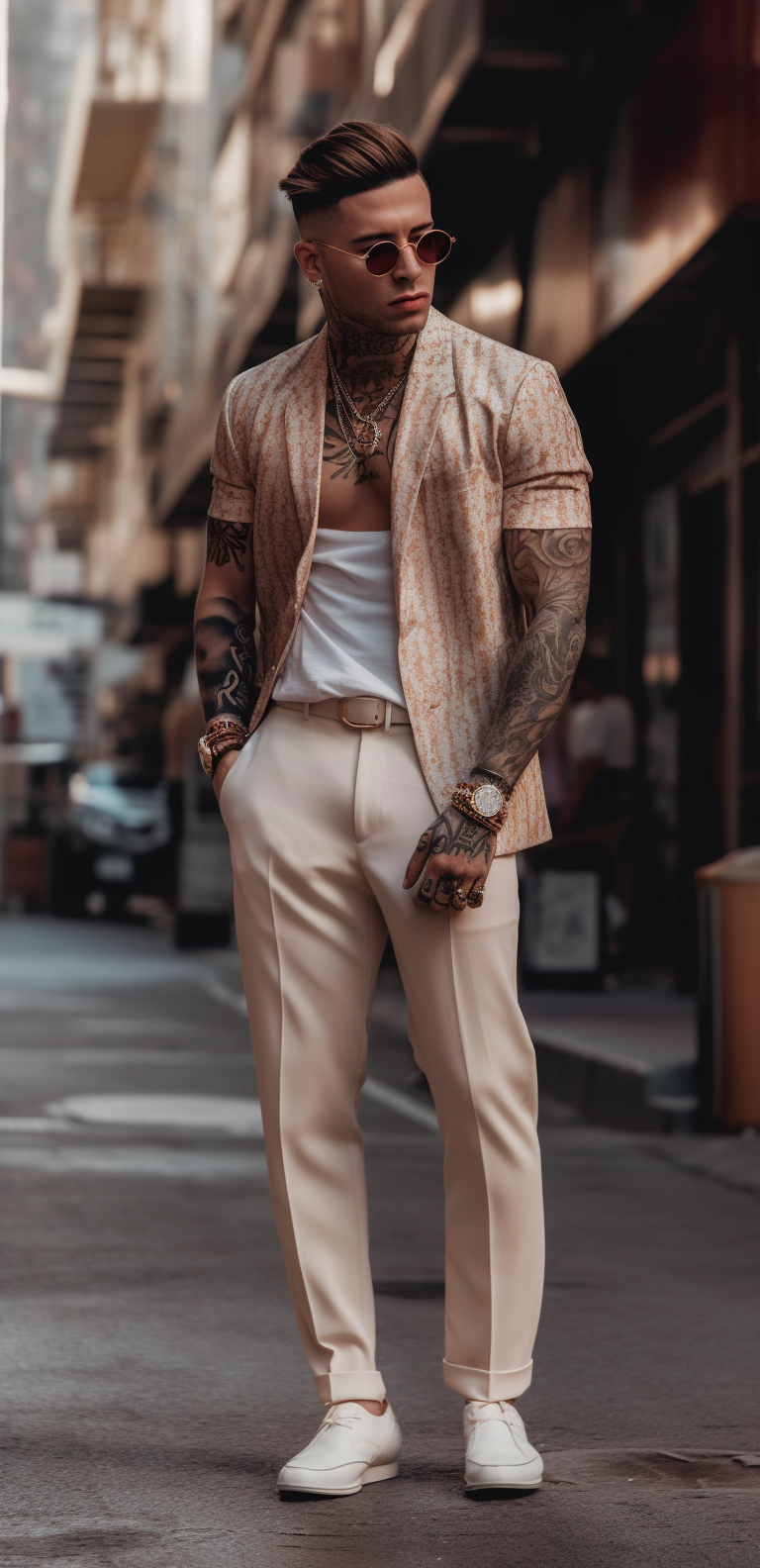
AI in men's fashion - how it's changing the game



Men's fashion has traditionally been seen as more straightforward than women's fashion. However, with the rise of social media and influencers, men are becoming more interested in style and personal expression. AI can help men navigate the world of fashion by providing personalized recommendations based on their style preferences and body type. AI can also assist in styling outfits and suggesting accessories to complete the look. This can be especially useful for men who may not have a natural eye for fashion.

AI in fashion design - from ideation to production
Fashion designers are always looking for new ways to create unique and innovative designs. AI can assist with the ideation process by analyzing consumer data and identifying emerging trends. This can provide designers with insights into what consumers are looking for in their clothing. AI can also help with the production process by automating certain tasks, such as pattern-making and cutting fabric. This can speed up the production process and reduce the margin of error.

Examples of AI in fashion - virtual try-ons, personalized recommendations, and more
There are many examples of AI in the fashion industry today. One of the most popular is virtual try-ons. This technology allows customers to try on clothing virtually, using their own body measurements. This can be especially useful for online retailers who may not have a physical store. AI can also provide personalized recommendations to customers based on their browsing and purchasing history. This can improve the customer experience and increase sales for retailers. AI can even assist in sizing by analyzing body scans and suggesting the best size for the customer.

The future of fashion with AI
The integration of AI in the fashion industry is still in its early stages. However, it is clear that it will continue to impact the industry in significant ways. In the future, we can expect to see even more personalized experiences for customers, with AI suggesting outfits based on their location and weather. We can also expect to see more sustainable practices, as AI can help reduce waste in the production process. The possibilities are endless, and it will be exciting to see how the industry evolves.

Challenges and ethical considerations of AI in fashion
While there are many benefits to using AI in the fashion industry, there are also challenges and ethical considerations to be aware of. One of the main concerns is job displacement. As AI takes over certain tasks, it may result in job losses for humans. There is also the issue of bias in AI algorithms. If the data used to train the algorithms is biased, it can lead to discriminatory outcomes. It is important for designers and retailers to be aware of these challenges and work to address them.
Courses and resources for learning about AI in fashion
For those interested in learning more about the intersection of fashion and technology, there are many courses and resources available. Some popular options include Coursera's "AI for Everyone" course, the Fashion Institute of Technology's "Future of Fashion" program, and the Fashion Tech Forum. These programs can provide a deeper understanding of how AI is impacting the fashion industry and how to navigate the challenges and ethical considerations.

Conclusion - the intersection of fashion and technology
Fashion and technology have always been intertwined. From the sewing machine to the 3D printer, technology has impacted the way we design and produce clothing. AI is the latest technology to transform the industry, providing new opportunities for designers, retailers, and consumers. While there are challenges and ethical considerations to be aware of, the benefits of AI in the fashion industry are clear. It will be exciting to see how the industry continues to evolve with the integration of AI.
